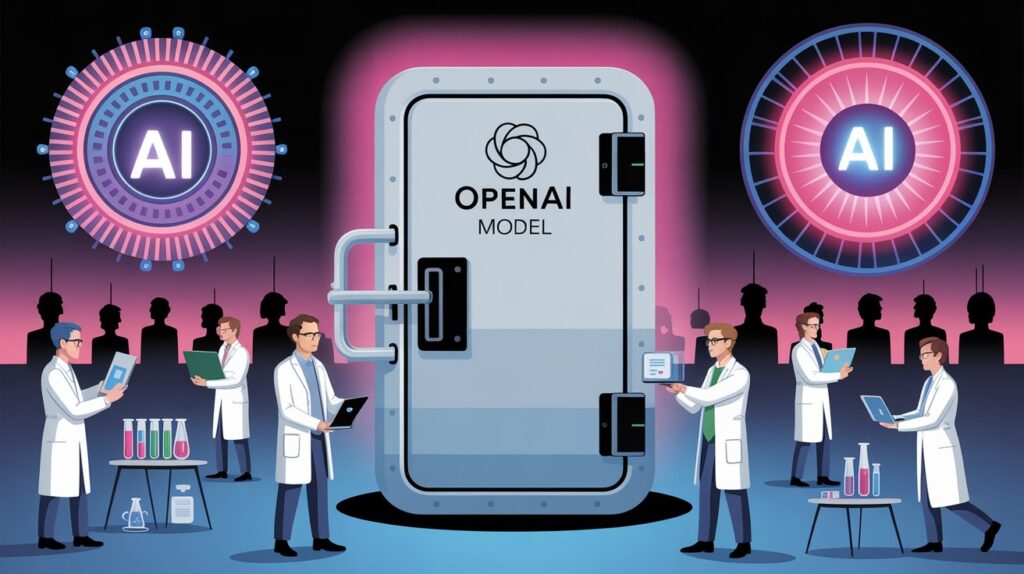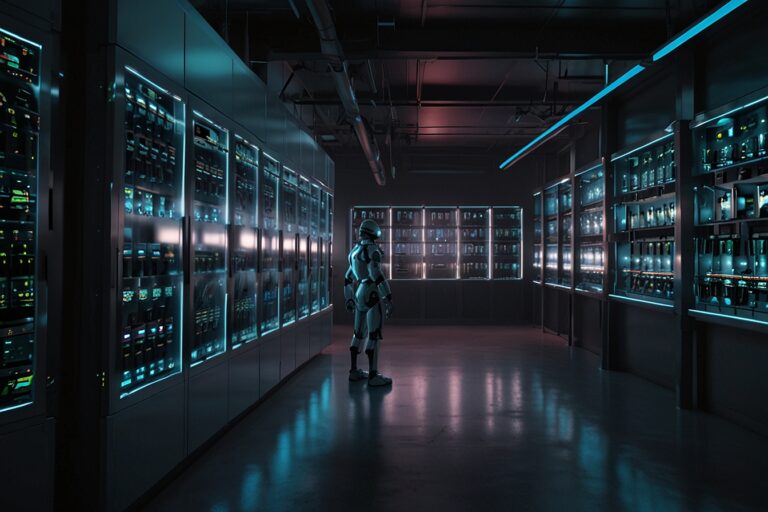
TL;DR
- OpenAI CEO Sam Altman announced a second delay to the release of the company’s first open model in years, citing extended safety reviews.
- The model was scheduled to launch next week; it is now indefinitely postponed.
- OpenAI’s open model is expected to match its o-series models in reasoning ability and is designed to outperform existing open-source alternatives.
- The delay gives competitors like Moonshot AI more room to capture developer interest with new models such as Kimi K2.
OpenAI Pulls Back for More Testing
In a post on X, Sam Altman confirmed that OpenAI will delay the release of its open model indefinitely, citing the need for “additional safety tests and review of high-risk areas.” The release, already delayed earlier this summer, was expected next week.
“Once weights are out, they can’t be pulled back. This is new for us and we want to get it right,” Altman emphasized.
The open model marks a rare move by OpenAI — allowing developers to freely download and run a powerful AI model locally, without depending on API access. This represents a significant step toward democratizing access to AI, though OpenAI’s internal concerns about misuse appear to have raised the bar for release readiness.
Competitive Pressure Mounts
While OpenAI hits pause, rivals continue making aggressive moves in the open model space. On the same day as Altman’s announcement, Moonshot AI — a fast-rising Chinese AI startup — launched Kimi K2, a 1-trillion-parameter open model that reportedly outperforms GPT-4.1 on several agentic-coding benchmarks.
Meanwhile, heavyweight labs like Anthropic, xAI, and Google DeepMind, are continuing to invest billions into their proprietary and open model ecosystems, increasing pressure on OpenAI to maintain its lead.
Internal Confidence vs. External Caution
Despite the delay, OpenAI leadership remains optimistic about the model’s potential. In a separate statement on X, Aidan Clark, VP of Research at OpenAI and lead of the open model team, wrote:
“Capability wise, we think the model is phenomenal — but our bar for an open source model is high and we need more time to make sure we’re releasing a model we’re proud of along every axis.”
In June, Altman teased that the model had achieved something “unexpected and quite amazing,” though he didn’t elaborate. OpenAI has not shared technical details, such as the number of parameters or training data scope, nor has it released a model system card — a practice now considered industry standard.
Possible Cloud Integration Features
TechCrunch previously reported that OpenAI was internally discussing the possibility of enabling cloud integration between its local open model and cloud-hosted APIs. This hybrid setup could allow developers to offload complex reasoning tasks to cloud services while keeping lower-latency operations local.
However, it remains unclear whether such features will be included when the model is finally released — or whether they will align with OpenAI’s safety principles around controllability, misuse prevention, and commercial applications.
The Data
| Key Information | Details |
| Company | OpenAI |
| Model Status | Delayed indefinitely for safety testing |
| Anticipated Capabilities | Similar to o-series models, possibly cloud-connectable |
| Key Executive Quote | “Once weights are out, they can’t be pulled back.” — Sam Altman |
| Competitor Launch This Week | Moonshot AI’s Kimi K2 |
| Industry Impact | Delayed access to open LLM development for global dev community |
| Future Possibilities | Hybrid local/cloud integration (unconfirmed) |
Market Implications
OpenAI’s delay, while frustrating to some in the dev community, signals a more cautious approach to model sharing — especially in an era where concerns around AI misuse, alignment drift, and autonomous agent behavior are increasing.
The company’s choice to prioritize rigorous safety testing over speed may delay adoption, but reinforces its long-held position as an AI lab with aligned safety principles.
Still, with the competition making big strides, the pressure is on OpenAI to match capability with transparency and responsible open access.





